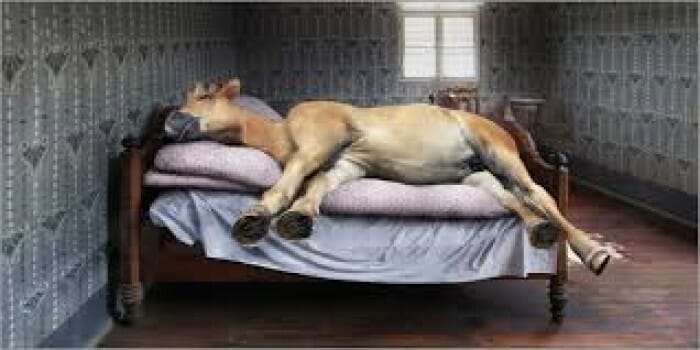The Top 5 Bedding For Horses – With Photos
The best bedding for horses kept in a stable is a two layered system that allows moisture to travel through the supportive comfortable top layer to the absorbent layer below. This type of system keeps your horse comfortable and dry. Examples of two layered systems are:
- Soft hemp bedding over dry wood pellets or rubber matting
- Chopped oil seed rape straw over dry wood pellets or rubber matting
- Comfybed shavings and woodchip blend over dry wood pellets or rubber matting
- Short chop spring barley straw over dry wood pellets or rubber matting
- Wood shavings over dry wood pellets or rubber matting
A two layered system of bedding
To provide the most comfortable and hygienic bedding for your horse a two layered approach offers the best solution. The top layer provides comfort and a dry soft surface for your horse to lay down and stand without discomfort or risk of injury. The bottom layer, provides provides an area for moisture to either run-off or be absorbed while providing extra cushioning.
Employing a two layered system can have benefits in reduced costs and time required to muck out. Horses like people have their quirks, likes and dislikes. It may take a little time and experimentation to find the best bedding solution for your horse. Try different bedding until you find the right mix of comfort, storage, practicability and price.
Bottom layers
Rubber matting


Provides a supportive firm layer that eases the strain of standing or laying on a concrete floor. This type of flooring comes in separate mats, or a rubberised liquid application that create a seamless rubber coating.
Rubber matting does not absorb moisture and if separate mats are laid they will require regular lifting and the floor beneath them cleaned to prevent ammonia build up.
These mats can be used alone, but it is not recommended as this can lead to standing wet patches, dirty rugs and horses.
Some horses are not comfortable urinating on hard surfaces, which can cause distress if a softer top layer is not used over the matting.
Dry wood pellets
Wood pellets are super absorbent and can absorb up to three times their own weight in moisture, which is significantly more absorbent than other types of bedding.
During the manufacturing process wood pellets are exposed to high temperatures which kills off any nasty bugs.
Dust content is low. Wood pellets can be used for a top layer if soaked with water first to allow them to expand and become ‘soft’ rather than a hard compressed pellet.
Wet patches are easily identified and removed as the wet pellets clump together.

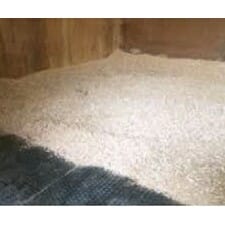
Top layers
1 Aubiose Hemp Bedding

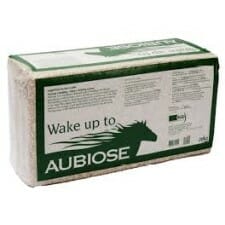
Laid over dry wood pellets, Semi deep litter. Soft and easy to spread around the stable.
Minimal dust, with small size.
Small size allows the bedding to fall through the fork while keeping the muck on the fork.
Absorbent and clumps well for easy disposal.
Expensive, but this is offset by reduced muck out times.
Requires mucking out every 3-4 days.
Light to pick up into the wheelbarrow.
Can be stored outside.
2 Chopped oil seed rape straw
Laid over dry wooden pellets, semi-deep litter.
Not easy to separate from muck, which means increased waste.
Absorbent, this will soak up moisture from below rather than allowing it to pass through.
Minimal dust, the larger size may encourage some horses to try to eat it.
Requires mucking out daily.
Heavy to lift into the wheelbarrow.
Relatively cheap to buy, but price is dependent on successful harvests.
Can be stored outside.
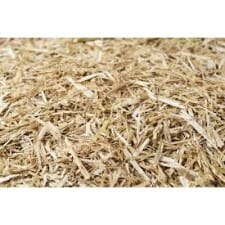

3 Comfybed shavings and woodchip blend
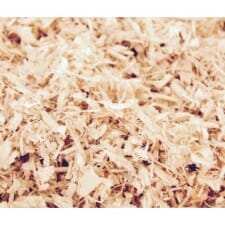

Laid over dry wood pellets, semi deep litter.
Little waste as bedding separates easily from muck.
Medium size shavings, low odour.
Good absorbency
Low dust, easy to spread.
Light to pick up into the wheelbarrow.
Muck out every 2-3 days.
Cheap to buy.
Can be stored outside.
4 Short chop spring barley straw
Laid over a bed of dry wood pellets, semi deep litter.
It is easier to separate the muck with the longer oat and wheat straw. The short chop straw is easier to fluff up.
Can be dusty.
Light to lift into the wheelbarrow.
Easy to fluff up and bank against the walls.
Comfortable and allows moisture to pass through.
Cheap
Requires dry storage.
Muck out every 4-5 days
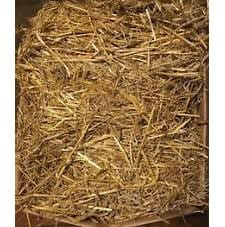
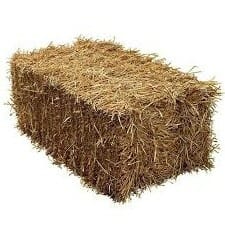
5 Wood shavings
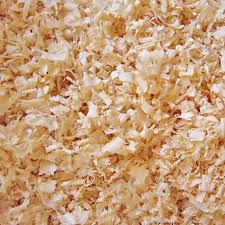
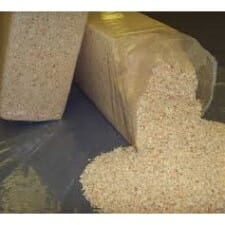
Laid over a bed of dry wood pellets, semi deep litter.
Moderate cost.
Can be dusty.
Light to lift into wheelbarrow.
Comfortable with good absorbency.
Muck out daily.
Can be stored outside.
Easy separation of muck from shavings.
Environmental considerations
In addition to the points listed above environmental considerations may affect the choice of bedding for your horse. Many of the bedding suggestions above come packaged in plastic. While this allows the product to be stored outdoors, it also requires the disposal of a plastic product.
How will you dispose of the waste from mucking out? These are important points to take into consideration when making your purchasing decision.

